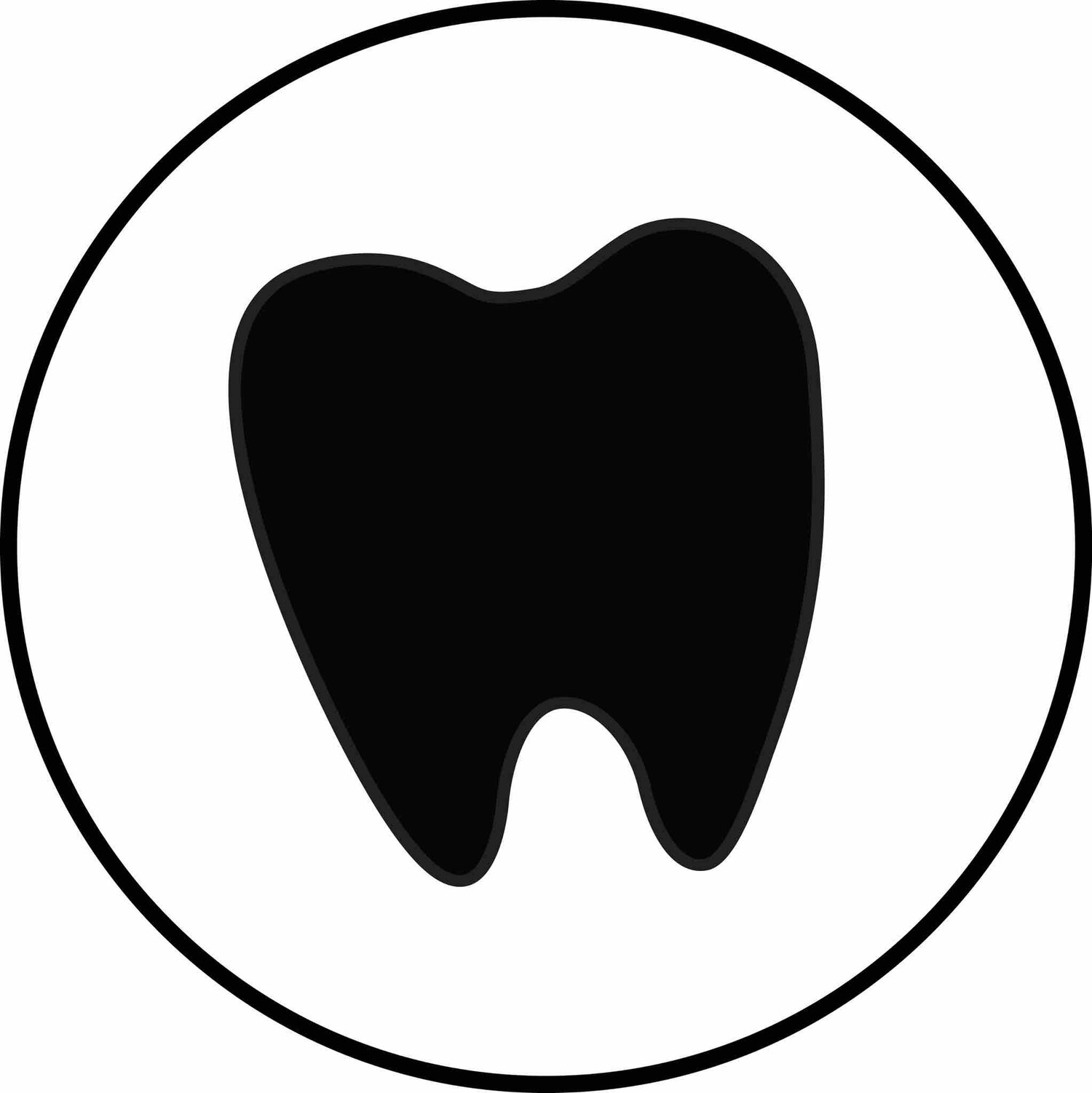Sharpening Stone 101- Part 2 (Updated 2023)
This is part 2 of our series called Sharpening Stone 101. Find part 1 here!
Sharpening Stone Shapes
There are several shapes of stones you can purchase for your office and instruments. And most people learn one type and go with it for their entire career. I’m part of it! I learned about regular rectangle stones in school and honestly they are still my favorite, with the update of really liking a diamond card with the same shape. Here are the main shapes you’ll see in your distributor catalog:
Cone Shape- Great for removing wire edges, good for concave edges, tapers to fit different instrument shapes.
Wedge- Perfect for the face and the edges making it an all around stone.
Rectangle- Perfect for all hand instruments with straight cutting edges, which means most of our hygiene instruments. Scoops and periostial elevators aren’t the best candidates for a rectangular stone.
Sludge Layer
The sludge layer is a thin grey layer that appears on your sharpening stone as you sharpen. It’s a good thing! It it small amounts of metal being removed from the instrument, making a new, sharp edge on your instrument. If you have a build up on the sludge layer, wipe it off with a 2x2 gauze to keep the area visual to see if you’re using the right angle.
Hand piece mounted stone
Using a special sharpening stone that attaches to a hand piece might be the perfect solution to your sharpening needs, especially if your instruments are currently dull or misshaped, if you see double hygiene and only have a few minutes to sharpen, or if you have several hygienists in your office and go through instruments quickly.
There are some disadvantages of using this technique. First, it’s not very conservative due to how fast the bur is moving and can remove more of the instrument than with traditional hand sharpening. Second, if the hand piece is moving too fast, it can make the instrument hot and warp the shape slightly. We recommend practicing a few times on old instruments to get the hang of the power driven stone the first couple times to get then hang of it.
File Sharpening
Since files have at least 3 cutting edges on their face, a special sharpening stone called a tanged file is needed to sharpen. It's highly recommended to use loupes and a light as you sharpen your files. Check out the video to see the tanged file technique.
xoxo, Melia

